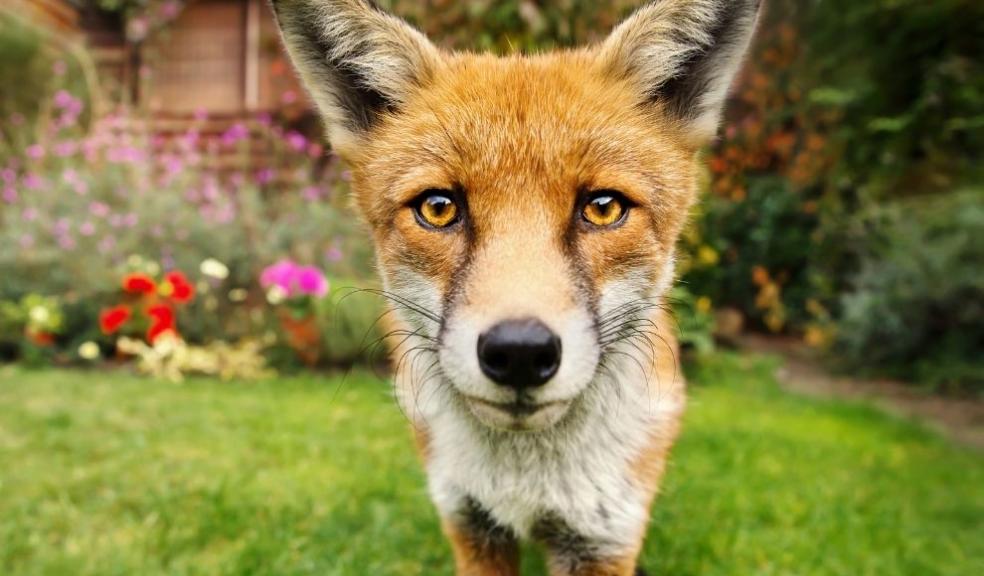
Take part in Springwatch with your own wildlife camera
As BBC Two’s Springwatch returns to chart the fortunes of British wildlife over the coming months, security specialist Yale is encouraging homeowners across the UK to set up their very own wildlife cameras using smart home technology.
With a smart Wi-Fi camera and a bit of thought and careful planning, you can easily discover what animals are visiting your garden and see into the world of creatures that live right on your doorstep.
While experts have been using cameras to film wildlife the world over for decades, this technology has now become more accessible to the general public. So, why not join in and watch all the action on a wildlife camera of your own?
Wireless technology
Smart Wi-Fi cameras are an easy to use tool that can be used to discover the wonders of our natural world. Make sure your camera is IP65 rated, meaning it’s built to withstand the unpredictable British weather, and choose a camera with a built-in light so you can see what animals are around on duller days and at night. Even better, opt for a camera with night-vision.
With a live feed through your smartphone via the Yale View app, the Yale All-in-One enables you to watch wildlife remotely, so any garden visitors don’t get spooked and you stay warm and dry. The camera is equipped with a 1080P HD camera and wide-angle viewing, so any action will be captured and seen with a crisp, clear feed.
With a smartphone, you can receive notifications of any motion detected and then take advantage of real-time viewing. Add a MicroSD card to the camera and any movement is automatically saved to be watched later.
Give a hog a home
Once you have your camera, the more habitats you create in your garden the more success you’re likely to have with it. Start by building a log pile in an unused corner; they can attract a huge diversity of wildlife.
Also, with hedgehog numbers in severe decline, and the potential importance of gardens for this species, it could be rewarding for you to provide food and shelter to support them. It is estimated that there were over 30 million hedgehogs in the UK in the 1950s. But recent estimates suggest there are less than a million left. By building a hedgehog home you will be providing them with somewhere they can shelter, hibernate or even raise little hoglets!
Bird’s eye view
Position your camera near a bird feeder or bird bath to gain a different perspective and capture action shots of your feathered friends in flight. If you have one, a pond also provides a great habitat for wildlife and is the perfect focal point for your filming. The water will not only attract birds but insects and the mammals that eat them too.
Nocturnal visitors
If you’re aiming to film badgers, it’s best to position your device in quieter, darker spots. According to the RSPCA badgers enter gardens as they move between setts, or look for food, and can even set up home in secluded areas in gardens if you’re lucky. The charity also says that providing supplementary food, in limited amounts, can be beneficial to these nocturnal visitors. Suitable foods include tinned cereal-based dog food with lightly cooked meat, cheese, some peanuts and fruits.
Don’t give up!
The real joy of watching wildlife is in its unpredictability, so don’t be disappointed if you’re not successful straight away. A little patience and a lot of thought will usually reap rewards; find your inner-David Attenborough, take a moment and look around. This way you’re more likely to see signs of wildlife, such as tracks and droppings, which will help you position your smart wildlife camera in the best spot.
For more advice and information about the range of smart cameras available from Yale, please visit www.yalehome.co.uk
If you found this article interesting you may also enjoy Baby Harris Hawk 'Gallo' Born at Leeds Castle






